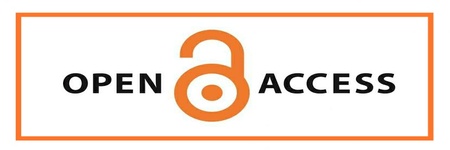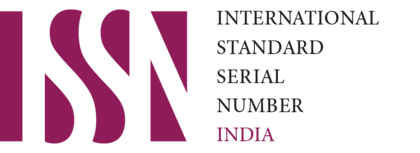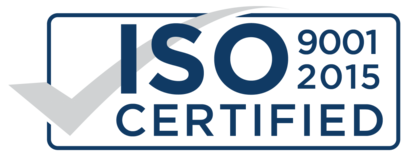SCHOOL LEADERSHIP IN THE 21ST CENTURY: SHARED EXPERIENCES OF THE CLARETIAN PRINCIPALS IN NORTHEAST INDIA
Keywords:
21st Century Principal Leadership Skills, Innovative practices, Principal readiness, IPA, Key leadership roles and competency modelAbstract
Education in the 21st century is rapidly progressing into new frontiers. Leadership of the education sector requires 21st century skills and mind-sets. Building and preparing principals to embrace and implement these new leadership skills is a critical challenge confronting the education sector today. The experiences of challenges, success and constraints faced by the principals in exercising their 21st century leadership skills need to be unearthed and made sense in order to navigate it with real expertise that twenty first century looks for.
The purpose of this qualitative study was to explore the experience of principals’ readiness and preparedness for 21st century leadership skills and to describe and interpret them. The study used purposive sampling, semi-structured in-depth interviews for collecting the data, and Interpretative Phenomenological Analysis (Smith et al., 2009) for analyzing the data. The seven principals of Claretian-run secondary schools in northeast India were the participants of the study.
The study brought out nine superordinate themes of experience in four domains of 21st century principal leadership and interpretive findings. A further analysis on four domains and their interpretive findings brought out four key leadership roles demonstrated by the principals, namely; 1) Supervising & managing the teaching and learning of the school 2) Stakeholder engagement 3) Personnel resource management and climate building 4) Innovative practice building & Technology resource management. Two dimensions namely, reflective and Claretian, emerged as factors influencing and guiding the leadership practices. The Four domain leadership findings and the framework of key leadership roles and competency models that emerged are in alignment with the six school leadership theories in the extant literature.
Principals showed their readiness in four domains of 21st century leadership skills by demonstrating four key leadership roles and corresponding competency areas and skills. The key leadership roles are dynamically interrelated and permeated across the domains of 21st century principal leadership, while their importance in each domain has been significantly experienced by the principals.
Downloads
Downloads
Published
How to Cite
Issue
Section
License
Copyright (c) 2022 Sibi K. K., Jesus Miranda

This work is licensed under a Creative Commons Attribution-NonCommercial 4.0 International License.








